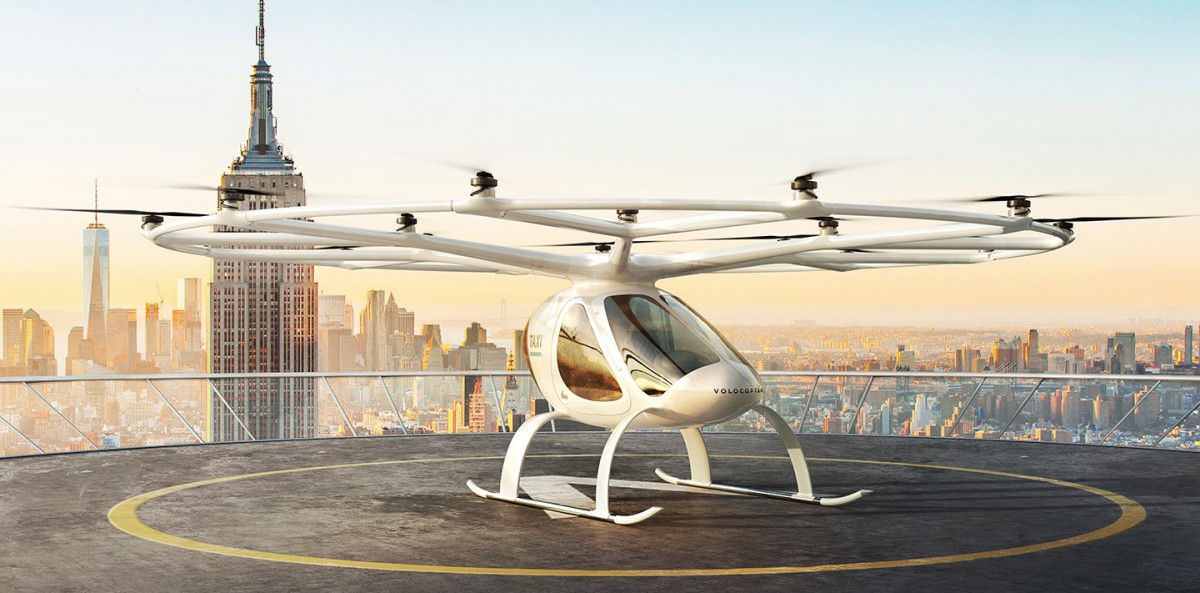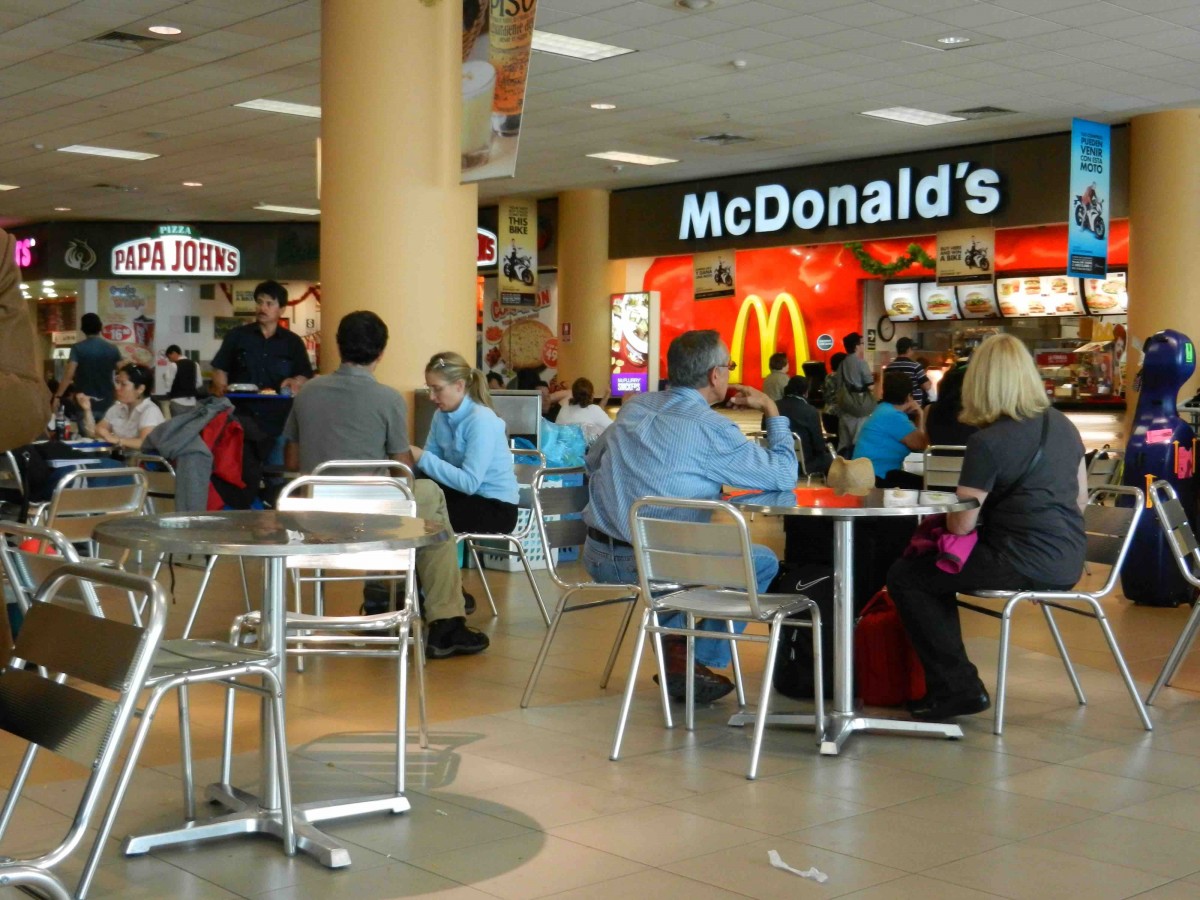As 2019 draws to a close, it’s a good time to reflect on the past year—and to look forward to the coming one.
With that in mind, here are three predictions about how the aviation industry will evolve in 2020.
As 2019 draws to a close, it’s a good time to reflect on the past year—and to look forward to the coming one.
With that in mind, here are three predictions about how the aviation industry will evolve in 2020.

2020 will be remembered as the year that airports and airlines got serious about climate change. Three factors will drive that process. First, consumers are becoming increasingly critical of aviation’s negative impact on the environment. Second, governments are planning new environmental regulations that will substantially raise the cost of doing business as usual. And third, a generational change within the aviation industry is leading to a big shift in the organizational culture of airports and airlines, who face more internal pressure to prioritize decarbonization.
My wish for 2020: Decarbonization poses an existential threat to the industry. It has the potential to undermine the economic viability of many airports and airlines. Smart airports, smart airlines, and smart institutional investors will view the mandate to decarbonize as an opportunity to update and innovate their existing business model. Doing so will ensure that our industry continues to thrive in the face of game-changing environmental disruptions. It will also lead to big shifts in how airports make money—and how they spend it.

I'm often skeptical about new aviation technologies. Many simply don’t deliver a substantial ROI, or a better customer experience, to justify the capex involved.
Yet when it comes to the emerging field of urban air mobility (UAM), I’m cautiously optimistic. Firms like Uber Elevate, Kitty Hawk, and Volocopter have made promising strides towards developing electric vertical takeoff and landing vehicles—eVTOLs—capable of transporting half a dozen passengers. With a maximum range of 300km, these flying taxis could be used for quick hops—say, to get from downtown to the airport—or for intercity travel. An eVTOL could cover the distance from Boston to New York, or from London to Amsterdam, in about 90 minutes.
That’s not as fast as a jet. But as Seattle Airport’s Aviation Operations Leader Tim Toerber explains, eVTOLs could bring substantial benefits to both airports and their customers. Passengers could forego long security lines, as an eVTOL’s small size would exempt it from the more rigorous screenings imposed on larger aircraft. And eVTOLs could cut down on overall journey times by enabling point-to-point intercity travel between a wide range of pocket-sized vertiports, distributed throughout the urban region: think Times Square to Boston Common, rather than JFK to BOS. At the same time, eVTOLs could help airports to reduce congestion on both the landside and airside. On the landside, aerial taxi service would lower the burden placed on traffic-clogged roadways leading to and from the airport. On the airside, replacing short-haul routes with eVTOLs would open up more slots for long-haul flights. Taken together, these innovations could significantly reduce the airport’s carbon footprint.
My wish for 2020: In the near term, electrically powered urban air mobility can help airports address two big challenges: capacity constraints and climate change. Smart airports are studying how this emerging technology will impact their master plan and their business model. In 2020, more airports will follow suit.

Dietary habits have changed. Airport food hasn’t. That’s leading to a big mismatch between our customer’s desires and what we offer them in the terminal. In the developed world, a growing number of passengers are prioritizing health and wellness, leading to a reduction in per-capita consumption of meat and dairy. And while alcohol consumption has gone through the roof in middle-income countries like China and Vietnam, it’s seen a steady decline throughout Europe and North America. By contrast, global demand for halal and kosher food is growing by about 15% per year.
These trends are obvious to anyone who visits a downtown shopping district, or a mid-range supermarket in the suburbs. Some airlines have caught on, offering a vegetarian option by default rather than on request. But airports have been slow to react. Many offer a dismal assortment of meat, carbs, and alcohol. It can be a real challenge to find healthy food.
My wish for 2020: Health, wellness, and religious concerns influence how passengers spend money. Many would happily pay a premium for food that’s tailored to their dietary needs. In 2020, smart airports will recognize that missed opportunity, and update their F&B strategy accordingly.
Happy New Year!